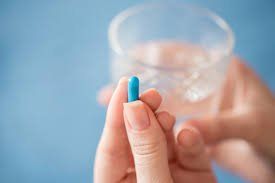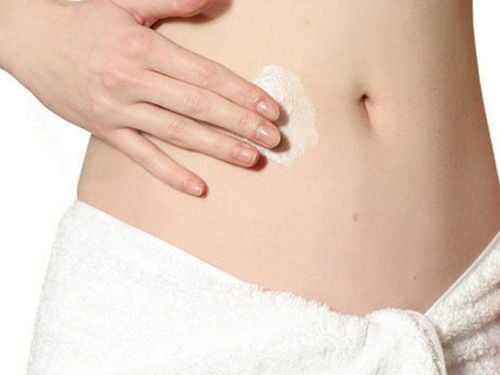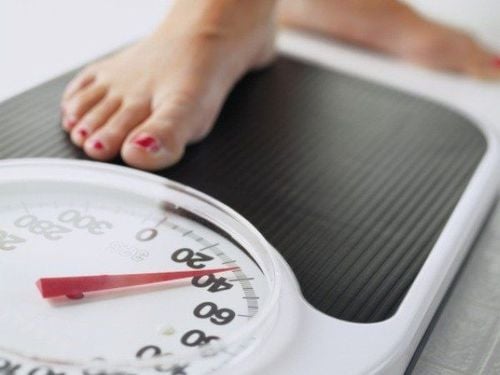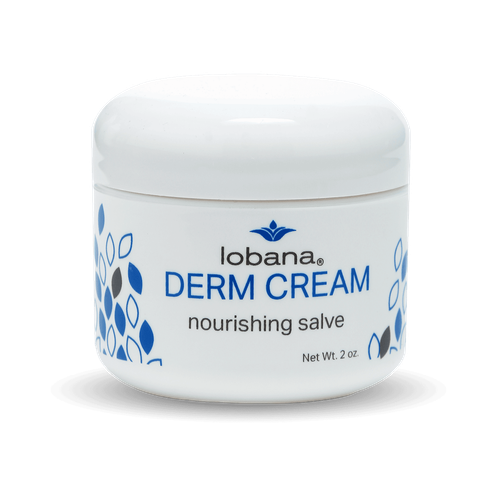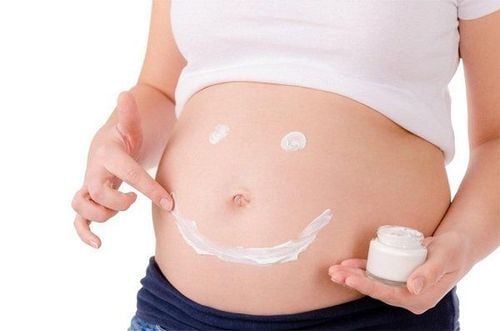This is an automatically translated article.
Stretched, wrinkled and flabby skin after giving birth can make your mood unstable, affecting your life and baby care process. If there is a correct postpartum stretch mark treatment method, it can significantly help improve this condition.
1. Causes of stretch marks
After giving birth, you will likely go through a lot of changes: Daily schedule, sleep time, sense of freedom, and much more. The most common change after giving birth is stretch marks. For many women, stretch marks are as much an inevitable, inevitable part of childbirth as "diapers" and "breastfeeding."
Maggie Shaw, a 38-year-old mom from San Francisco says: “My stomach was so itchy and tight when I was pregnant, I noticed stretch marks getting bigger and bigger as my belly got bigger. The second pregnancy stretch marks even worse than the first one.
Stretch marks occur when your body gains weight faster than your skin can adapt. They cause the elastic fibers just below the surface of the skin to break, leading to stretch marks.
Heidi Waldorf, a female physician, clinical associate professor of dermatology at Mount Sinai School of Medicine in New York City, said she gained about 13kg during 9 months of pregnancy. Rapid weight gain in a short period of time can cause stretch marks in your skin, especially on your belly and breasts, the two areas that increase the most in size during pregnancy. Postpartum stretch marks can also appear on the thighs, buttocks, and biceps. These stretch marks usually start out as red or purple, but over time they turn white or gray.

Các vết rạn khởi phát thường có màu tím
Experts say that women of normal weight should gain between 11-16kg during pregnancy. “You should try to maintain weight gain within that range,” says Mary Lupo, clinical professor of dermatology at Tulane University School of Medicine. Because with that amount of weight gain, you will gain weight slowly and steadily, making the belly skin not stretch too quickly.
It can be said that the cause of stretch marks includes two factors including "the rate at which you gain weight and the number of kilograms you gain". They all contribute to the formation of stretch marks.
Trắc nghiệm: Tại sao khi mang thai có người rạn da, người thì không?
Hầu như mẹ bầu nào cũng sẽ bị rạn da khi mang thai, nhưng một số lại không gặp tình trạng này. Vậy nguyên nhân là do đâu? Làm bài trắc nghiệm sau sẽ giúp bạn giải đáp thắc mắc này.2. Who will get stretch marks?
According to the American Academy of Dermatology, about 90% of women will start to develop stretch marks by the sixth or seventh month of pregnancy. If your mother had stretch marks, then you are also more likely to have stretch marks, the location of stretch marks is also genetic.
If you have a light complexion, you are more likely to develop pink stretch marks. Women with darker skin tend to have stretch marks that are lighter than their skin color.
3. Are stretch marks preventable?

Uống đủ nước mỗi ngày có thể ngăn ngừa hay giảm nhẹ các vết rạn da
Unfortunately, there is no way to prevent postpartum stretch marks. No lotion or oil can do that - and if that's what's promised on the labels of stretch mark creams, it could be a lie. However, some of the following measures you should maintain, combined with weight control during pregnancy:
Always keep your skin moist during pregnancy with lotion or moisturizer, it makes your skin healthy. your skin feels more comfortable, looks smoother and firmer, and helps relieve itching caused by a growing belly. Drinking enough water is also a good way to prevent or reduce stretch marks.
4. Postpartum stretch marks should do?
While some stretch marks fade naturally to faint lines or silver in color, some other postpartum stretch marks remain darker and more visible. The best time to treat stretch marks is when they are still in the reddish stage. Some of the following treatments may be helpful:
A gel made from a mixture of onion extract and hyaluronic acid may be helpful. In a recent study, people who used the gel reported that their marks faded after 12 weeks of regular daily use.

Tẩy da chết và chăm sóc da cũng có tác dụng giúp làm mới làn da
Another option is a prescription retinoid. Retinoids can speed up cell turnover and may stimulate the growth of new collagen, leading to plumper and healthier skin. (However, you can't use retinoids if you're pregnant or breastfeeding.) Other stretch mark treatments include laser treatment. Lasers can help increase collagen production and shrink dilated blood vessels. However, you will need to undergo a long process, perform many times to achieve the desired effect. Gentle procedures such as exfoliation and skin care also work to help refresh the skin, but don't bring about a big change. Some women try to accept and get used to the new skin they have after giving birth. “When I learned that there was no way to fix stretch marks, I decided to accept it as part of my body – new curves – new shape – new skin too,” says Shaw.
After 9 months and 10 days of heavy weight, pregnant women go into labor and face a level of labor pain comparable to 20 broken ribs at the same time. In order for the birth to go smoothly and safely, pregnant women need to understand: - How the labor process takes place, how long does it usually take to have a normal delivery or cesarean section, to protect the best health? for the unborn baby.
Methods to relieve pain during childbirth, limit pain and relieve psychological pressure during labor. The way to push and breathe during childbirth is usually the right way so that the labor takes place quickly, the pregnant woman does not lose strength during childbirth. How to control postpartum uterine contractions in the shortest time. How to take care of the perineal suture does not cause infection and dangerous complications. Early postpartum re-examination to detect dangerous abnormalities such as residual placenta, missing gauze. Take care of newborn until full month healthy. To ease the pain of childbirth, Vinmec offers a full Maternity program with a complete "painless delivery" service during and after birth using non-morphine epidural and sedation techniques. ashamed. During the birth process, the mother will be guided by the midwives on how to push and breathe properly, the baby will be born in just 10-15 minutes. After birth, the baby will be cared for in a sterile room before being returned to the mother.
Pregnant women will rest in a high-class hospital room, designed according to international hotel standards, 1 mother 1 room with full facilities and modern equipment. Mothers will be consulted by nutritionists on how to feed the baby before being discharged from the hospital. Postpartum follow-up with both mother and baby with leading Obstetricians and Paediatricians.
Please dial HOTLINE for more information or register for an appointment HERE. Download MyVinmec app to make appointments faster and to manage your bookings easily.
Reference source: webmd.com
MORE
Measures to limit stretch marks during pregnancy Skin care during pregnancy The truth about stretch marks during pregnancy




